BANGKOK 21 April 2020:: A new survey of consumers in China’s first-tier cities has concluded that 53% of respondents would like to travel overseas later this year, possibly during Q3 and Q4.
Those surveyed cited August, October and December as the months most popular for travel according to the C9 Hotelworks survey.
Focusing the possible resumption of travel to Thailand the newly released China Thailand Travel Sentiment Survey 2020, was conducted in mid-April by C9 Hotelworks and Delivering Asia Communications, focused on key demand factors in the country’s reopening of the tourism economy.
A strong positive message from the research showed that 71% of Chinese consumers contacted by survey said they would like to visit Thailand.
Using the China survey as a forecasting tool for the hotel industry, an interesting shift in a segment traditionally leveraged in the mass market is that 83% of potential visitors would choose independent travel rather than group tours. As for the preferred booking channels for Chinese travellers, the top five were Ctrip (61%), Fliggy (16%), hotel websites (9%), Booking.com (5%) and WeChat (5%).
The most popular holiday destinations remain unchanged leading off with Bangkok, Phuket, Chiang Mai, Samui and Pattaya. Over 75% of demand was pinpointed in the top three destinations.
Commenting on the road to tourism recovery C9 Hotelworks managing director Bill Barnett said: “We expect Thailand’s reopening trajectory to initially be dominated by the domestic storyline. But it will move quickly to inter-regional travel punctuated by the outbound China sector who are ready and willing to visit the country as demonstrated by the survey results.”
A quick indicator of airline activity on Flightradar24 clearly reflects how China’s considerable regional and low-cost airline (LCC) sector has gotten back into the air, he said.
While undoubtedly there will be a lingering global fear factor for travellers in the wake of the virus outbreak, Thailand’s favourable door-to-door flying time and vast network of approved routes to the mainland are cited as influential factors. Another is the appreciation of the Chinese Yuan (RMB) against the Thai Baht. After reaching lows in Q3 and Q4 of last year, driven done by an economic slowdown and trade war, the currency has continued on an upward rise in 2020, which equates to greater value for Chinese tourists to Thailand.
Rounding out the survey results Delivering Asia Communications CEO David Johnson, added the demographics of travellers from China were changing. “The new China traveller is younger, more independent and more digitally influenced than ever. Covid-19 has had a profound impact on travel consumer mindsets, and this generation has a burning desire to experience the world, and new digital strategies are needed to reach them.”
The survey reached out to 1,000 pre-qualified travellers in first-tier cities in China from a cross selection of different cities across the market and age groups and income basis. It was undertaken in the second week of April and collated by the digital team in China and rechecked by C9 Hotelworks’ analysts who produced the research.
To download the China Thailand Travel Sentiment Survey, click on the link below:
https://www.c9hotelworks.com/downloads/china-thailand-travel-sentiment-survey-2020-04.pdf


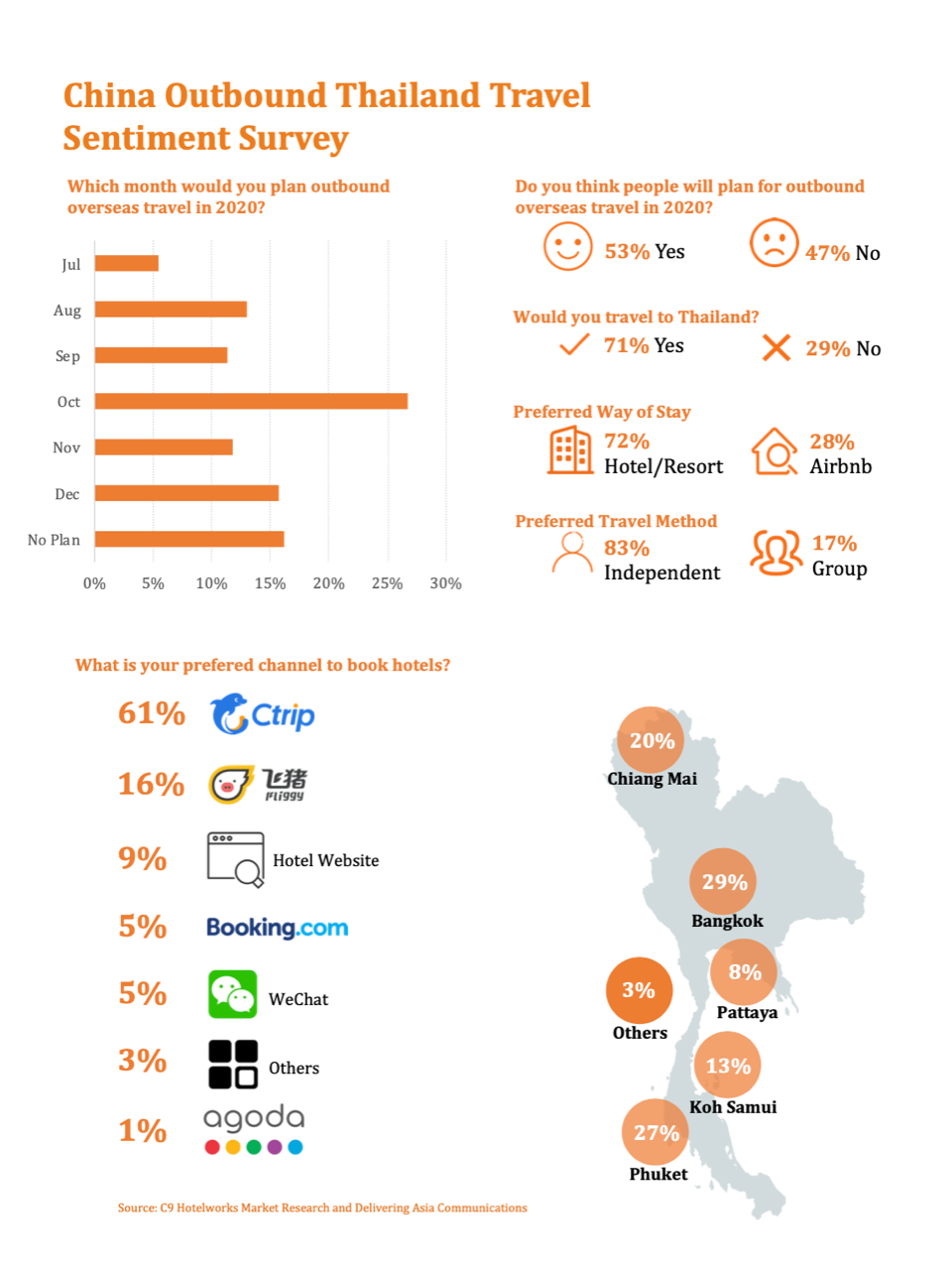

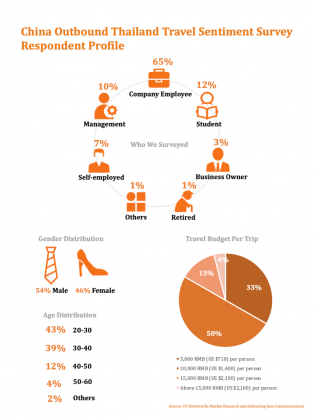
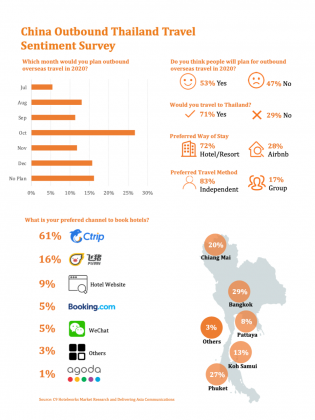
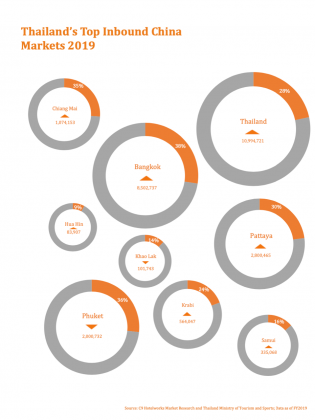

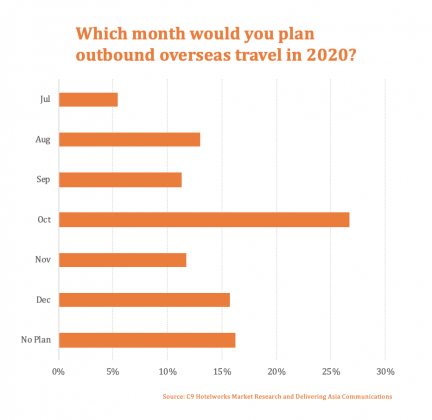
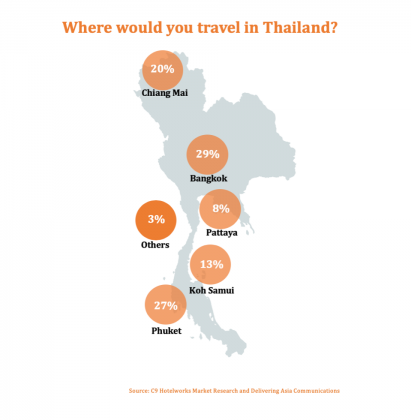




Let us not rush to open the doors until we know what will enter!
Once those doors have been opened, we should in every country reassess our source markets, and ensure that no one source market has market dominance.
Small numbers, evenly balanced, of high-spending tourists, visiting strictly controlled sustainable tourist sites and attractionsis the way to go.
It is also important to recognise that a long-term visitor (winter tourist, full-time retiree, etc), will spend far more in the180-365 days a year they remain in a destinatuion, than any tourist coming once a year for 5-14 days.These long-term visitors sustain ALL sectors of the local economy, not just tourism, as well as having a much smaller ecological impact on the planet.